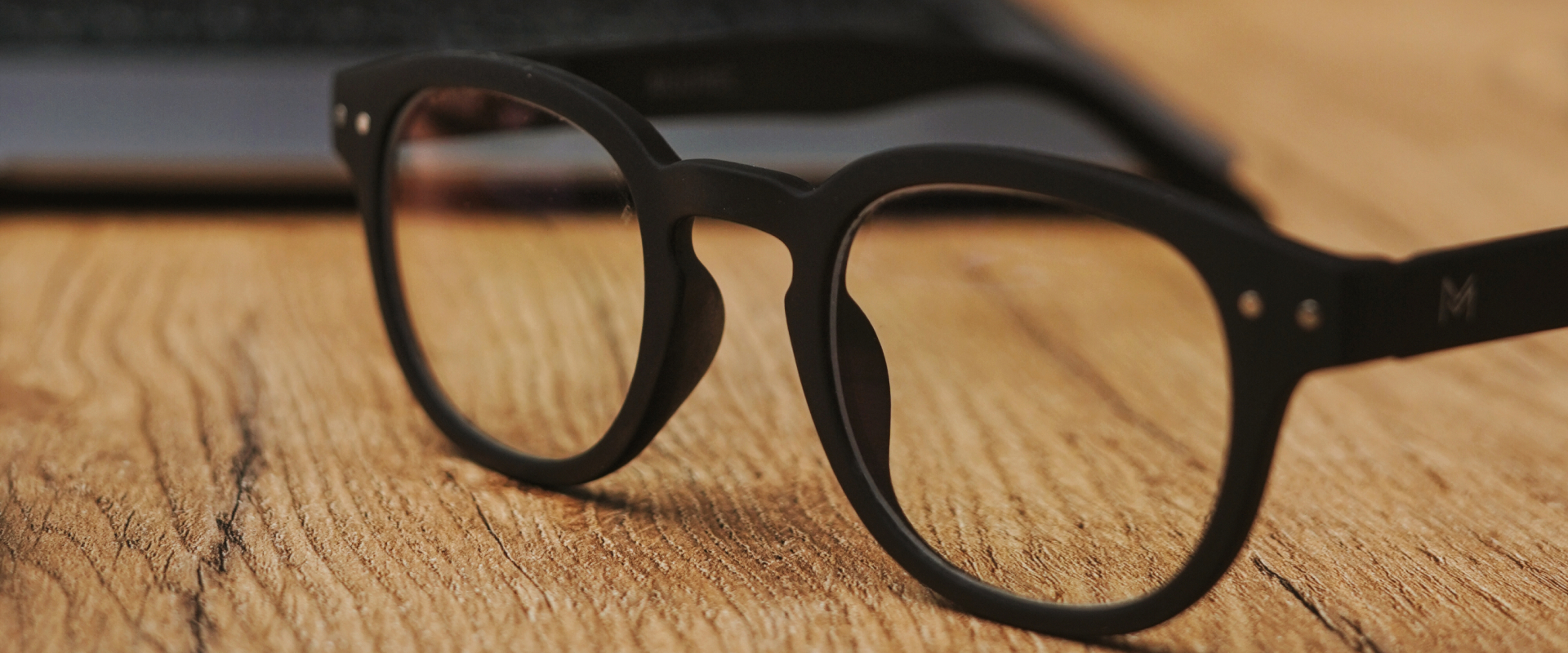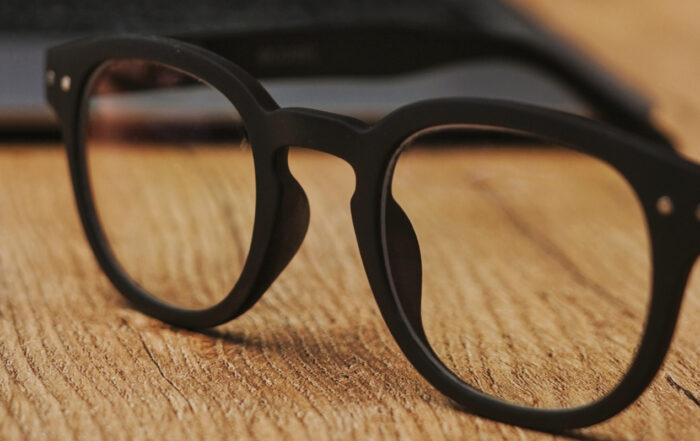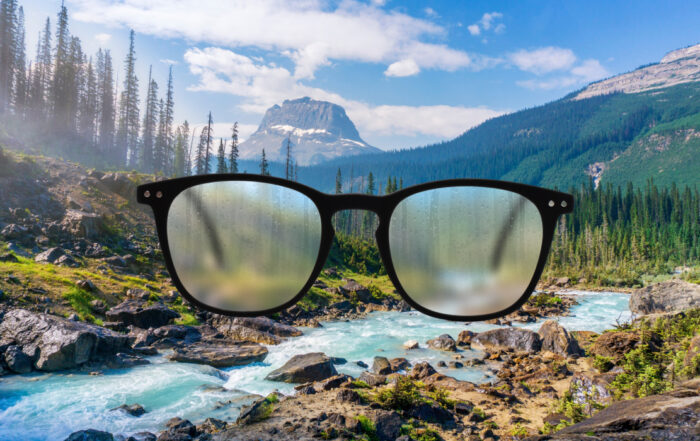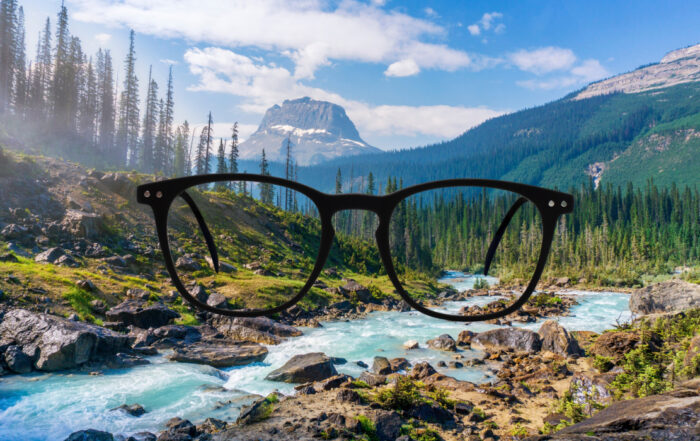
5 Key Tips for Eyeglass Lens Selection: Choosing the Right Materials
This is where blue light filter glasses come into play. These innovative eyewear solutions are designed to reduce our exposure to harmful blue light, protecting our eyes. However, not all blue light filter glasses are created equal, and ensuring their effectiveness is paramount.
This comprehensive guide will delve into blue light filter glasses testing. We’ll explore various testing methods to help you determine whether your glasses truly offer the protection you need. We’ll cover everything from high-tech spectrometer testing to simple DIY experiments.
Understanding Blue Light Filter Glasses
Blue light filter glasses are specially designed eyewear that aims to reduce the exposure of our eyes to potentially harmful blue light emitted by digital screens. The primary purpose of these glasses is to alleviate digital eye strain and minimize the potential adverse effects of prolonged screen time.
In the modern world, where screens are integral to both work and leisure activities, the significance of blue light filter glasses cannot be overstated. However, to truly reap the benefits of these glasses, it’s crucial to ensure their effectiveness through thorough testing.
Why Test Blue Light Filter Glasses
Testing blue light filter glasses is essential for several compelling reasons. First and foremost, it offers reassurance and confidence that the glasses you rely on deliver the protection they promise. Secondly, it helps verify the authenticity of the blue light filtering technology, ensuring false claims do not mislead you.
Furthermore, reliable protection against harmful blue light must be considered. Extended exposure to blue light may result in digital eye strain, disrupt sleep patterns, and potentially contribute to more severe eye health issues. By testing your blue light filter glasses, You’re proactively protecting your eye health in an increasingly digital world.
Main Ways to Test Blue Light Filter Glasses
There are several methods to consider when testing the effectiveness of blue light filter glasses. Each method has advantages and limitations, but collectively, they comprehensively evaluate your eyewear. Here are the main ways to test blue light filter glasses:
A. Spectrometer Testing for Blue Light Filter Glasses
Spectrometer testing is a scientific approach to assessing blue light filtration. It involves using a spectrometer to measure the light spectrum transmitted through the glasses. By analyzing the range, you can determine how effectively the glasses block specific wavelengths of blue light. This method provides precise data but may not accurately reflect real-world scenarios.
B. Blue Light Source Testing
Blue light source testing mimics the exposure to artificial blue light commonly emitted by digital screens. It involves directing a calibrated blue light source at the glasses and measuring the amount of blue light that passes through. This method effectively evaluates blue light filtration under controlled conditions, but it may only consider some factors, such as indirect or scattered light.
C. User Experience Testing with Blue Light Filter Glasses
User experience testing involves real-world scenarios where individuals wear the glasses during regular screen time activities. It focuses on subjective feedback, such as reduced eye strain and improved visual comfort. While this method reflects practical usage, it may need to provide precise quantitative data.
User Experience Testing with Blue Light Filter Glasses
DIY tests can be performed at home for those interested in quick assessments. These include comparing the visual clarity with and without the glasses when looking at screens or assessing whether there’s a noticeable reduction in glare. While these tests are simple, they may not offer precise measurements.
Choosing the Right Testing Method
Selecting the appropriate testing method depends on your specific needs and preferences. Spectrometer and blue light source testing provide scientific accuracy, making them suitable for those who want precise data. User experience testing offers insights into real-world performance, while DIY tests are quick and accessible. Consider your priorities, and use a combination of methods for a comprehensive evaluation.
Conclusion
In conclusion, testing your blue light filter glasses is crucial to ensure they deliver the protection you need in our screen-dominated world. Whether you opt for scientific methods like spectrometer testing, practical evaluations through user experience testing, or simple DIY tests, the key is to verify that your glasses effectively reduce blue light exposure. By adopting this proactive approach, you can ensure optimal eye protection and visual comfort, safeguarding your eye health for years.
Pass It On
Follow us
Navigate the Topics
about author
Alex
Our eyewear expert spotlights industry trends.


